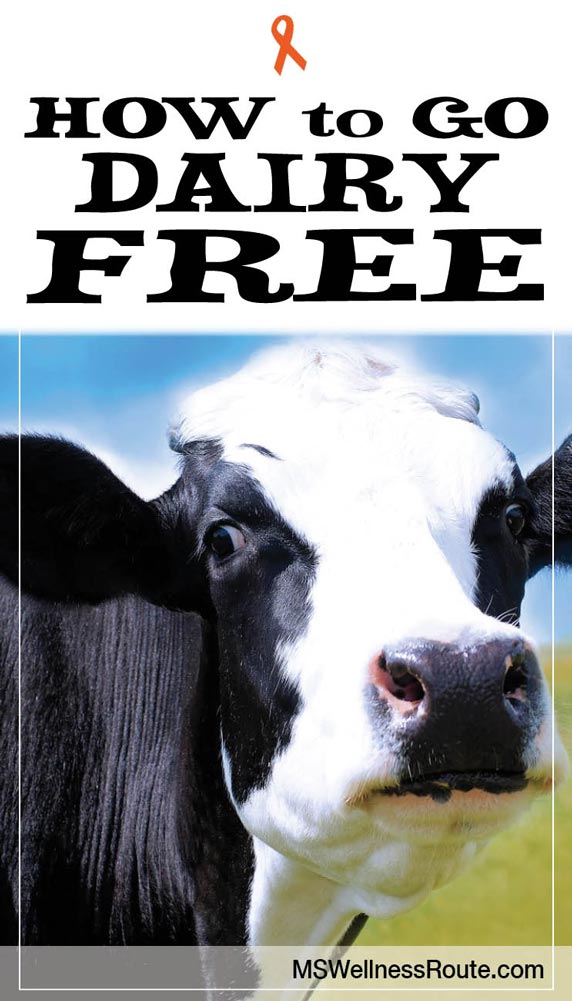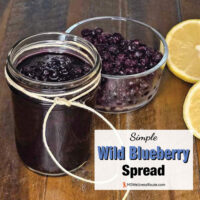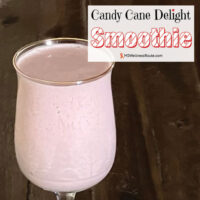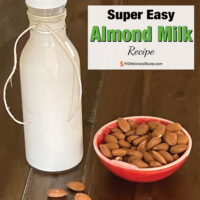Last Updated on December 12, 2023 by Cathy
Helpful Tips to Help You Go Dairy Free
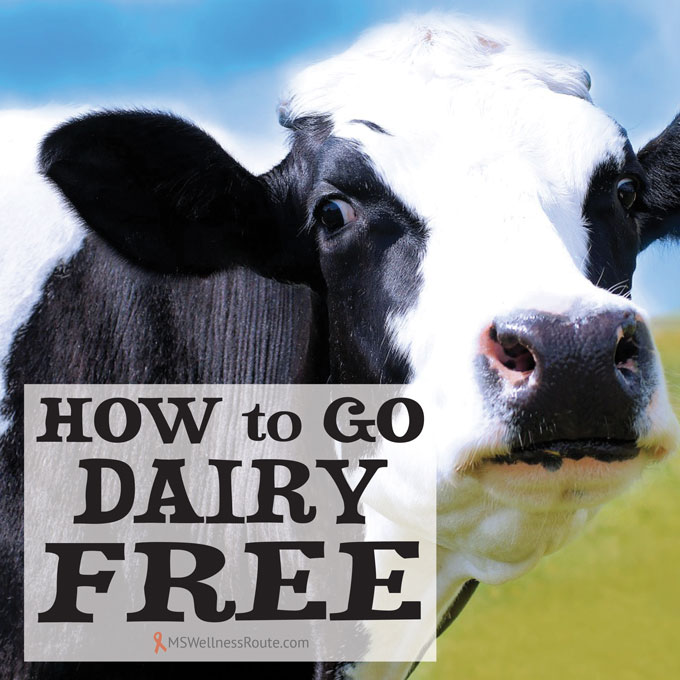
Who doesn’t like cheese, you know the kind… that gooey cheese on lasagna or pizza? Or ice cream, especially on a hot summer day or any time of the year for that matter?
If you have an autoimmune disease or some other medical issue (Multiple Sclerosis, Parkinson’s Disease, Crohn’s Disease, Celiac, Autism, Thyroid Disease, Dementia, Alzheimer’s, Restless Leg Syndrome, acne, allergies, etc.) you need to stop consuming dairy today!
I’m not normally known as crazy but… When I first started the Best Bet Diet (BBD) over 10 years ago, (it’s very similar to Paleo) I went full board into it, instead of gradually. I stopped gluten (BBD did include grains like rice and quinoa), dairy, legumes, and all processed foods, all at the same time.
Unfortunately, it was a week before Thanksgiving (head slap – what was I thinking!), it was overwhelming and depressing and I was already depressed, I was trying to recover from a recent MS attack!
For me, I didn’t consume much dairy, I didn’t drink milk (only in cereal, or recipes), and I didn’t eat cheese (only if it was on something like pizza, but not on hamburgers). I hated cottage cheese or yogurt but I did love ice cream – yum!
What is Wrong With Dairy?
Dairy can trigger an insulin response causing a spike in blood sugar. Dairy is one of the most common foods that causes an allergic reaction, especially in children. Sensitivity varies from person to person, reactions can be severe and life-threatening.
Dairy products also have growth hormones, antibiotics, and other chemical contaminants. Organic milk will not have these in it but will still be pasteurized. It transforms the proteins that your body can not handle.
If you are really struggling with removing both dairy & gluten at the same time, take it one step at a time. Start with whichever is easier for you to remove, the dairy or gluten/grains. After 1 or 2 weeks (or longer if needed) remove the other, this makes moving to the other a little easier.
For some, you may move on quickly, others may take a little longer. It’s a huge learning curve, it’s more than just avoiding milk or ice cream. You have to read all the labels!
It is best to go a little slower, instead of removing everything at once. Start with removing dairy or gluten/grains, whichever is easiest. This will help keep you from feeling overwhelmed. The book The Wahls Protocol, has you starting out on level 1 which is the easiest. As you are feeling more comfortable you move on to the next step.
Although she has people going “cold turkey” with dairy & gluten/grains, it’s extremely important to remove these as soon as possible. They are a toxin and they are partly responsible for your leaky gut, plus you want to start feeling better right away.
What is a leaky gut?
People with an autoimmune disease are more likely to have a leaky gut. Removing dairy & gluten/grains are your first 2 steps to healing your leaky gut.
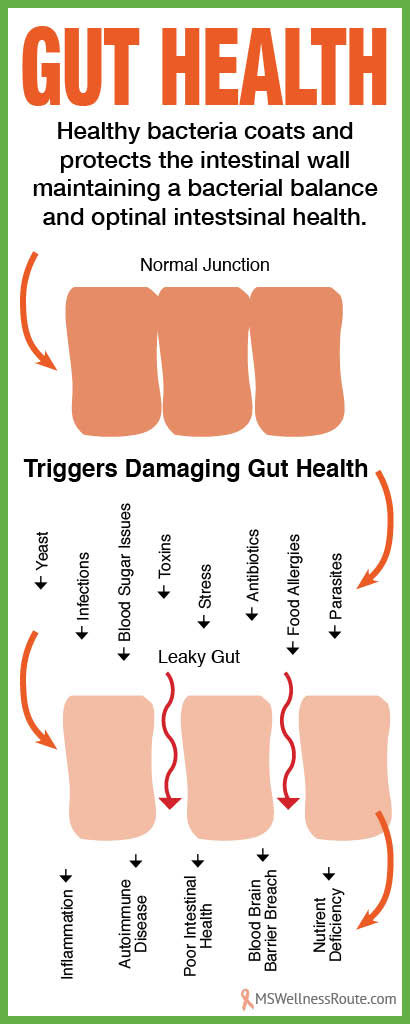
A leaky gut is a condition caused by the intestinal wall breaking down. It allows bad bacteria like yeast, toxins, parasites, and even food particles to enter the bloodstream.
Our bodies see these as foreign invaders and begin to attack their own tissues including healthy cells, developing into food allergies, and autoimmune disorders. Consuming milk is more than likely to breach the gut barrier and interact with the immune system. (See illustration above)
If you are sensitive to gluten you are probably sensitive to dairy, and vice-versa.
Nutritional value of milk?
Lactose intolerance is when people have trouble digesting a type of sugar found in milk and other dairy foods. They end up with diarrhea, bloating, or other indigestion problems. Many children and adults are lactose intolerant.
Casein is a protein that causes the deterioration of the gut lining. Researchers discovered women with MS who drank more milk had more flares. A recent study found casein-damaged myelin (the protective covering around nerves) in people with MS.
Protein is important to fight diseases, renew cells, build muscles, and maintain healthy hair and nails. Protein (especially whey protein) in dairy, stimulates lots of insulin secretion, more than carbohydrates. This can make weight loss very difficult, causing obesity even when people are using “low fat”.
Milk contains estrogen, growth hormones, steroid hormones, bioactive proteins & peptides. These can increase the risk of breast, ovarian, colon, prostate, or testicular cancers. Infants drinking cows’ milk, or their nursing mothers have been shown to cause colic in babies. Early consumption of cow’s milk (less than 2 years old) may increase the risk for type 1 diabetes.
Minerals and vitamins: Fruits & vegetables are rich in many nutrients that are essential for good health, stronger bones (Calcium, Vitamin D, Phosphorus), more energy (B vitamins), a stronger immune system, and healthier skin (Vitamin A).
Fats: Scientists now know that good high fats (coconut milk, avocados, etc.) are good for us, and help protect our cardiovascular system. Fat is good for digestion, energy, and the nervous system and helps protect the myelin sheath.
Saturated fats: Animal fats are the main source of saturated fats. But some plant foods are also high in saturated fats and they are better options such as coconut and palm oil. It’s best to keep saturated fats low for heart health. (People with MS have a higher risk for a heart attack.)
Milk makes a body strong?
Milk is known for its richness in calcium, and its importance for stronger bones. Unfortunately, for people with an autoimmune disease dairy can be particularly damaging, creating a leaky gut.
So what’s a person to do? – Eat Vegetables!
Most calcium is found in dark leafy greens like arugula, spinach (raw), collards, watercress, kale, dandelion greens, turnip greens, and mustard greens. It’s also found in almonds, garlic, broccoli, bok choy, sun-dried tomatoes, & okra.
Dairy foods to eliminate
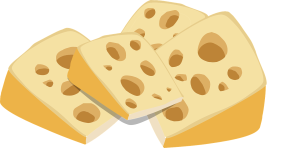
- Milk, powdered milk, buttermilk, evaporated milk
- Chocolate milk, and other flavored milk
- Cheese, cottage cheese, cream cheese, cheese-whiz
- Ice cream, ice milk, sherbet (sherbert)
- Yogurt, frozen yogurt
- Heavy cream
- Half-and-half
- Coffee creamers
- Fruit dairy drinks
- Butter, margarine, margarine types
- Whip cream
- Milk chocolate – dark chocolate does not have dairy, choose 75% or higher cacao content
- Non-dairy creamer & non-dairy whipped topping (they contain milk derivatives)
Always read labels!
Watch out for milk derivatives on labels:
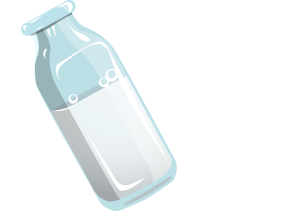
- Skimmed milk solids
- Dry milk solids
- Curds
- Whey
- Whey powder
- Milk powder
- Skimmed milk powder
- Whole milk powder
- Casein
- Caseinate
- Milk protein
- Hydrolyzed milk protein
- Lactose
- Milk sugar
What are good milk substitutes?
Fortunately, there are now many dairy substitutes, make sure to read the labels. Also, don’t buy any with added sugars or sweeteners, high-fructose corn syrup, or other food-like compounds. Calcium citrate for additional calcium is fine and look for brands with the least amounts of ingredients that you recognize. (Hence, if I don’t know what it is, I don’t buy it.)

You can also make your own milk with nuts or seeds in water using a high-speed blender, then strain the liquid through a cheesecloth or nut bag.
- Coconut milk – full fat is best, it’s good for you
- Almond milk
- Hazelnut milk
- Rice milk, organic – This is not allowed on the
- Autoimmune Protocol, but some people on the Wahls Protocol, level 1, still eat rice. (Avoid Rice Dream it has gluten in it)
Instead of store-bought ice cream, you can make your own dairy-free ice cream, “milkshake”, or smoothies. There are many recipes on Pinterest.
You may enjoy reading How to Go Gluten Free.
Can’t live without dairy?
If you can’t live without dairy & still want to consume it, aim for organic, pasture-raised, and grass-fed. However, a dairy protein (casein) closely resembles myelin proteins. The immune system gets confused and attacks the myelin instead of the casein.
Studies found women who drink more cow’s milk have more MS flares. And countries that consume more dairy have higher rates of MS. Lactose-free dairy is not the same, it is the dairy protein casein, not lactose, that is a problem for people with MS.
It is best to avoid all dairy including ghee and whey. Ghee is clarified butter and whey is a milk protein.
Going Dairy-Free
Going dairy-free involves a mindful transition away from traditional dairy products to explore a world of plant-based alternatives. Begin by substituting cow’s milk with options such as almond, cashew, or coconut milk. Experiment with dairy-free cheeses made from nuts.
It’s important to read labels carefully, as many processed foods may contain hidden dairy ingredients, but as you become more attuned to this lifestyle change, you’ll find more dairy-free options in grocery aisles. Moreover, going dairy-free isn’t just a dietary shift; it’s a lifestyle change for the better.
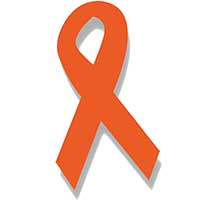
Free Wellness Library!
Subscribe for free and I’ll send you the password to my secret library filled with many printables for your wellness journey.
Want to remember this health tip? Pin it to your Pinterest board!
